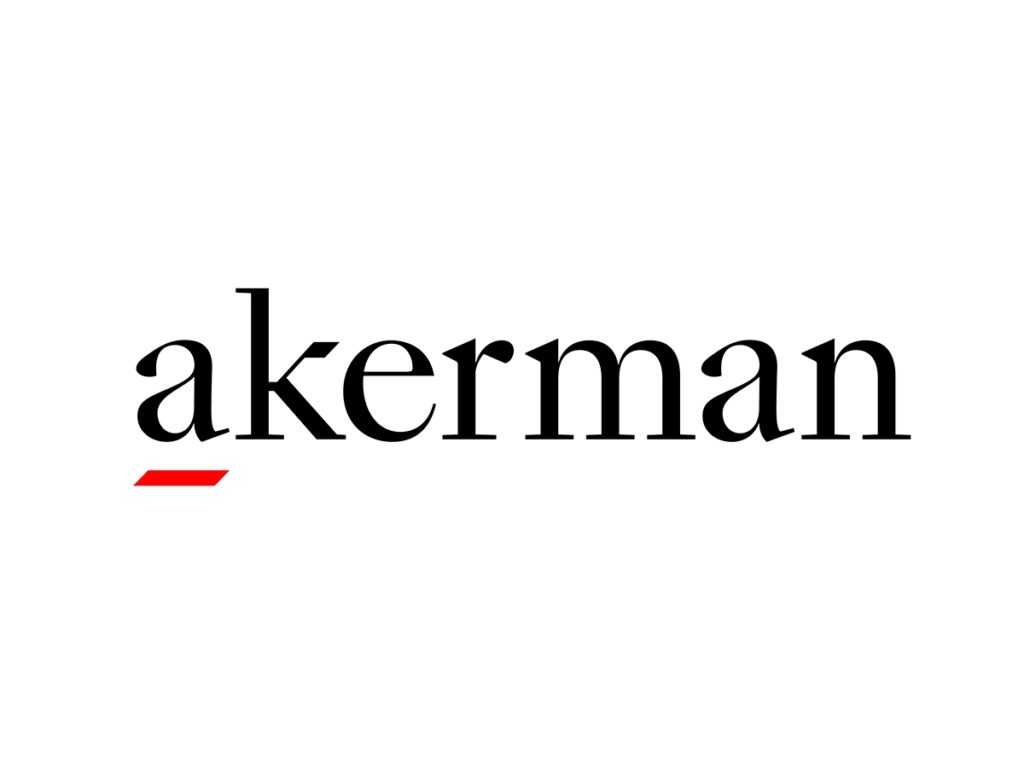[ad_1]
It’s the end of September, just hours after an historic category 4 hurricane inflicted catastrophic damage through a large swath of the State of Florida. You have now learned that property you either currently own, previously owned, developed, built, or designed has sustained some form of roof, structural, moisture, and/or landscape damage. What is the next step to ensure the safety of persons, real and personal property? How do you proceed?
- First, take immediate action to prevent further damage to persons or property;
- Second, determine the nature and scope of the damage;
- Third, allocate liability by identifying the parties responsible for these damages and available insurance coverage;
- Fourth, determine and implement the appropriate dispute resolution process; and
- Fifth, take preventative measures to limit future exposure.
It is essential to ascertain the exact cause, nature, and extent of the damage. Thus, an immediate inspection and the need for possible testing should be determined. Invasive or destructive testing may be required in certain circumstances when it appears the underlying cause of the damage is located within wall cavities, ceiling plenums, roofs, or below grade. The appropriate construction and design experts should be retained through counsel to conduct the inspections and testing.
By retaining the expert through counsel that consulting expert’s reports, opinions, and observations may be protected by the work product privilege. Evidence should be preserved during the inspection by taking photos and/or video of the impacted areas. It should be noted that for residential design and construction, Florida law imposes certain deadlines and procedures for pursuing or responding to such claims. Counsel should be consulted early in the process to ensure timely and accurate compliance with all Notice of Claim requirements and that all legal and contractual rights are properly preserved.
Immediate action should be taken to ensure life-safety and to prevent further damage to real and personal property. For instance: i) temporary shoring should be provided where structural integrity may be an issue; ii) seal off points of entry, such as roofs, windows, and doors to prevent continued moisture intrusion; iii) determine whether indoor air quality and moisture levels are unacceptable and remediate where necessary; and iv) consider evacuation if temporary measures can not adequately address safety hazards. Once the situation is stable, focus on identifying the cause, nature, and extent of the damage. Each phase of the process should be carefully documented and the repair/remedial plan should be carefully communicated to building occupants.
Now that the claim has been preserved, responsible parties identified, and any potential threat to life safety or property damage has been contained, the next step is to allocate the cost of repair. This is accomplished by, among other things, determining available insurance coverage and other parties responsible for design and construction defects and warranties. Where insurance is available (including surety bonds and builder warranty programs), promptly report damage to the carrier and obtain a claim number. Where other parties are responsible, such as design professionals, contractors, and suppliers, provide immediate written notice of the claim so those parties can also evaluate the claim and participate in the process. In the event the claim is disputed, early notice to responsible parties will eliminate certain defenses typically raised in litigation such as waiver, estoppel, failure to provide notice, and failure to comply with contractual and legal conditions precedent.
When the claim is disputed and cannot be resolved between the parties, the applicable dispute resolution procedures must be implemented. Many industry design and construction contracts, residential purchase agreements, builder warranties, and insurance policies require mediation and/or arbitration. Additionally, many of these contracts have specific claim procedures which must be followed and perfected before a dispute can even be filed in the applicable forum. If the specific claim procedures are not followed, the claim may be abated or dismissed by a judge or arbitrator. Thus, all applicable contracts, insurance policies, bonds, and warranties should be reviewed carefully to determine the appropriate forum for each claim and to ensure compliance with all required conditions precedent.
Preventative measures can be taken to limit one’s exposure to future claims. For example
- Obtain insurance which provides coverage for claims through applicable statute of limitations periods;
- Implement peer reviews during the design and construction process;
- Provide regular maintenance and inspection;
- Review and update contract language to include changes to applicable statutes and laws which can help limit class actions and meritless claims.
An experienced team of professionals can help you to navigate through the storm after the storm. Consult with qualified professionals and experienced attorneys who have the necessary skill, knowledge, and expertise to assist you in determining the best course of action for obtaining a successful outcome.
[ad_2]
Source link
